Author: Paul Amico
For the better part of its entire history, beer was largely expected to be clear, as in addition to being pretty to look at, brightness was widely associated with good brewing practices. While such opinions have softened with the rise in popularity of Hazy IPA and its various offshoots, the more classic American IPA is still largely expected to lack opacity, and brewers have a few tools available to them to assist in the clarification process.
Whereas mechanical filtration tends to be preferred by larger breweries, those brewing smaller batches on a smaller budget often rely on chemical filtration, a common one of which is gelatin. Given its positive charge, when a gelatin fining solution is added to cool beer, it attracts negatively charged compounds such as protein and tannins, creating clumps that are heavy enough to drop out of solution. However, as effective as gelatin has been shown to be at clarifying beer, many believe it also reduces the presence of desirable compounds imparted by hops, particularly when used in IPA.
I personally have nothing against Hazy IPA and drink a fair amount myself, though I’ll admit to having a strong preference for clear beer, which is what led to be adopt the use of gelatin fining many years ago. Validated by various past xBmts as well as my own anecdotal experiences, I’ve never felt using gelatin had any noticeable impact on my beer, in fact it seemed the clarity was largely a positive contribution. However, after a conversation I recently had with another brewer, I realized we’d yet to look at the impact fining with gelatin has on a more traditional American IPA, so I decided to test it out for myself.
| PURPOSE |
To evaluate the differences between an American IPA that was fined with gelatin and one that was not fined.
| METHODS |
For this xBmt, I went with a recipe that was inspired by Marshall’s award winning A Lil’ Slack IPA.
Gimme Slack IPA
Recipe Details
| Batch Size | Boil Time | IBU | SRM | Est. OG | Est. FG | ABV |
|---|---|---|---|---|---|---|
| 5.5 gal | 60 min | 51.3 | 7.3 SRM | 1.069 | 1.012 | 7.48 % |
| Actuals | 1.069 | 1.012 | 7.48 % | |||
Fermentables
| Name | Amount | % |
|---|---|---|
| Lamonta: Pale American Barley Malt | 12 lbs | 86.88 |
| Golden Naked Oats | 1 lbs | 7.24 |
| Vanora: Vienna-style Barley Malt | 8 oz | 3.62 |
| Honey Malt | 5 oz | 2.26 |
Hops
| Name | Amount | Time | Use | Form | Alpha % |
|---|---|---|---|---|---|
| Amarillo LUPOMAX | 15 g | 60 min | Boil | Pellet | 14 |
| Amarillo LUPOMAX | 14 g | 30 min | Boil | Pellet | 14 |
| Centennial LUPOMAX | 14 g | 20 min | Boil | Pellet | 14 |
| Centennial LUPOMAX | 28 g | 2 min | Boil | Pellet | 14 |
| Amarillo LUPOMAX | 15 g | 2 min | Boil | Pellet | 14 |
| Ekuanot LUPOMAX | 60 g | 4 days | Dry Hop | Pellet | 19 |
| Amarillo LUPOMAX | 30 g | 4 days | Dry Hop | Pellet | 14 |
| Centennial LUPOMAX | 30 g | 4 days | Dry Hop | Pellet | 14 |
Yeast
| Name | Lab | Attenuation | Temperature |
|---|---|---|---|
| Flagship (A07) | Imperial Yeast | 77% | 32°F - 32°F |
Notes
| Water Profile: Ca 92 | Mg 1 | Na 10 | SO4 153 | Cl 50 |
Download
| Download this recipe's BeerXML file |
I started out my brew day by collecting the water for a single 10 gallon batch and adjusting it to my desired profile.
After flipping the switch on my Clawhammer Supply 240v controller to get it heating up, I weighed out and milled the grain.
With the water properly heated, I incorporated the grains then set the controller to maintain my target mash temperature of 152°F/before turning on the pump to recirculate the sweet wort. While the mash was resting, I prepared the kettle hop additions.
When the 60 minute mash was complete, I removed the grains and let the wort drip into the kettle while it was heating up.
The wort was boiled for 60 minutes with hops added at the times listed in the recipe, after which it was quickly chilled with my Exchilerator Maxx CFC upon transfer to identical Anvil King Chubby fermenters.
A refractometer reading showed the wort was at my target OG.
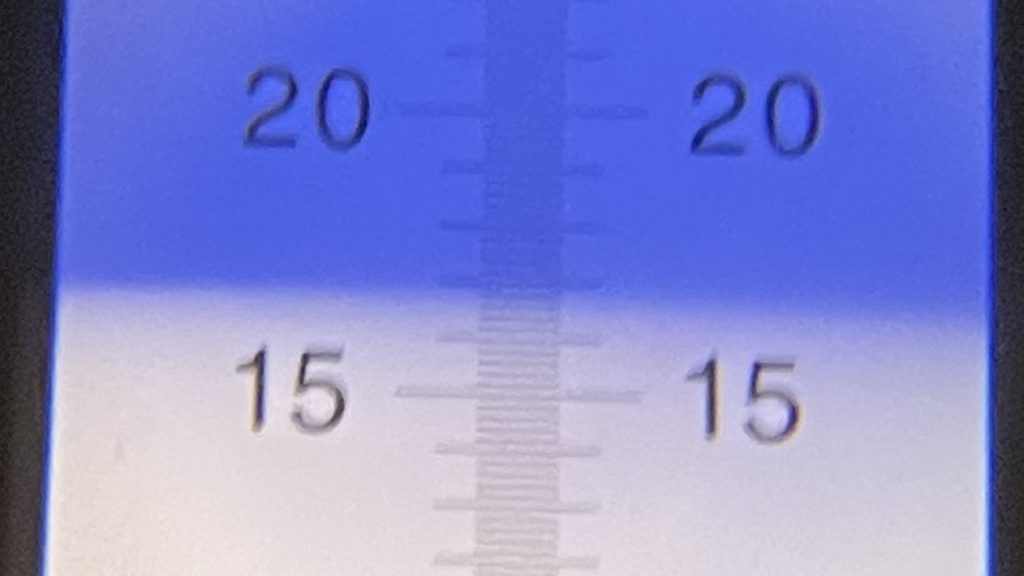
The fermenters were placed next to each other in my chamber and left to finish chilling to my desired fermentation temperature of 66°F/19°C, at which point I pitched a single pouch of Imperial Yeast A07 Flagship into each batch.
The beers were left to ferment for 4 days before I added the dry hops, then after 4 more days, with activity absent in both batches, I took hydrometer measurements showing they were at the same 1.012 FG. At this point, I cold crashed the beers to 33°F/0.5°C overnight then added a standard gelatin solution (3 g dissolved in 60 mL hot water) to one batch, making sure to remove the lid from the non-fined batch to ensure equal treatment.
When I returned from a work trip 10 days later, I pressure transferred the beers to CO2 purged kegs.
The filled kegs were placed in my keezer and burst carbonated overnight before I reduced the gas to serving pressure. After a week of conditioning, both were nicely carbonated and ready for evaluation. While neither was necessarily hazy, the gelatin fined batch was notably clearer.
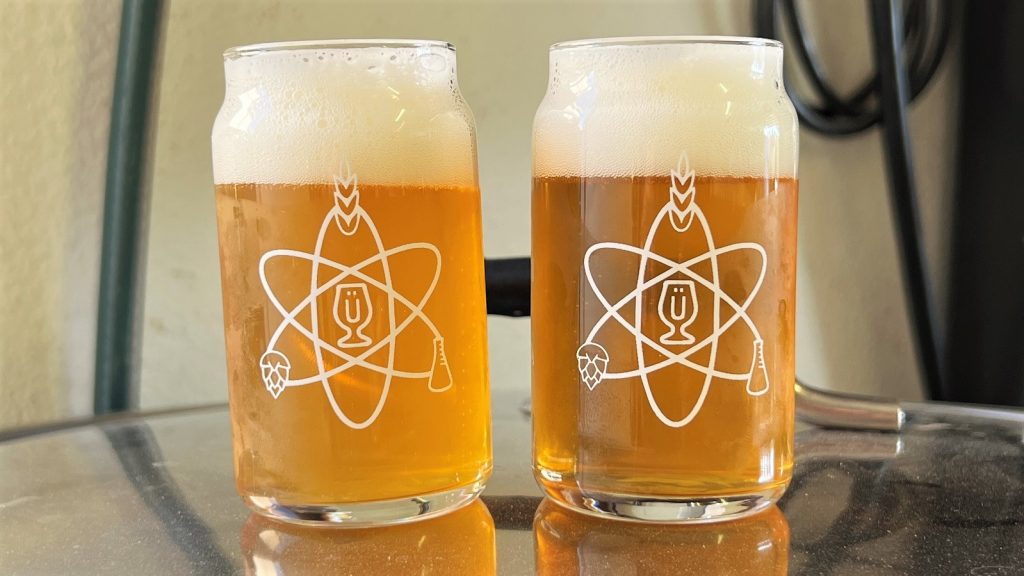
| RESULTS |
A total of 40 people of varying levels of experience participated in this xBmt. Each participant was served 2 samples of the non-fined beer and 1 sample of the beer fined with gelatin in different colored opaque cups then asked to identify the unique sample. While 19 tasters (p<0.05) would have had to accurately identify the unique sample in order to reach statistical significance, 21 did (p=0.01), indicating participants in this xBmt were able to reliably distinguish an American IPA that was fined with gelatin from one that was not fined.
The 21 participants who made the accurate selection on the triangle test were instructed to complete a brief preference survey comparing only the beers that were different. A total of 11 tasters reported preferring the beer that was fined with gelatin, 5 said they liked the non-fined beer more, 3 indicated they perceived no difference, and 2 had no preference despite noticing a difference.
My Impressions: Out of the 5 semi-blind triangle tests I attempted, I correctly identified the odd-beer-out just once, which surprised me since I was pretty sure I detected a small difference when previously comparing them. Bias sure is elusive! Despite my inability to tell these beers apart by aroma, flavor, and mouthfeel, the difference in clarity was obvious, and I definitely preferred the appearance of the gelatin fined beer.
| DISCUSSION |
As much as it seems to be falling out of fashion, there still exists some who prefer their IPA to be clear, and one option brewers have to assist with this involves dosing their fermented beer with gelatin. While gelatin fining is widely accepted as being effective at dropping out haze causing particulates, many maintain that it can also reduce desirable compounds, especially when it comes to hoppier styles. The fact tasters in this xBmt were able to reliably distinguish an American IPA that was fined with gelatin from one that was not suggests the use of this agent contributed to a perceptible difference.
With nearly all past xBmts demonstrating the effectiveness of gelatin as a clarifier, it’s notable that this is the first one to return a significant triangle test result, which may very well be a function of the higher hopping rate of American IPA. However, as subjective as it may be, the overwhelming preference for the batch fined with gelatin seems to contradict the claims of many that fining has a negative impact on beer character. An alternative possibility is that both beers possessed the same hop character, but the non-fined one had more compounds suspended in it that some found undesirable.
Over the years, I’ve found myself moving away from fining my beers, particularly IPA, as it creates a vector for potential oxygen ingress, plus I’ve sort of come around to the whole hazy appearance thing. Still, if I’m making an IPA that I really want to be as clear as possible, I wouldn’t have an issue hitting it with some gelatin, even if doing so might have a small impact on the way it tastes.
If you have any thoughts about this xBmt, please do not hesitate to share in the comments section below!
Support Brülosophy In Style!
All designs are available in various colors and sizes on Amazon!
Follow Brülosophy on:
FACEBOOK | TWITTER | INSTAGRAM
If you enjoy this stuff and feel compelled to support Brulosophy.com, please check out the Support page for details on how you can very easily do so. Thanks!


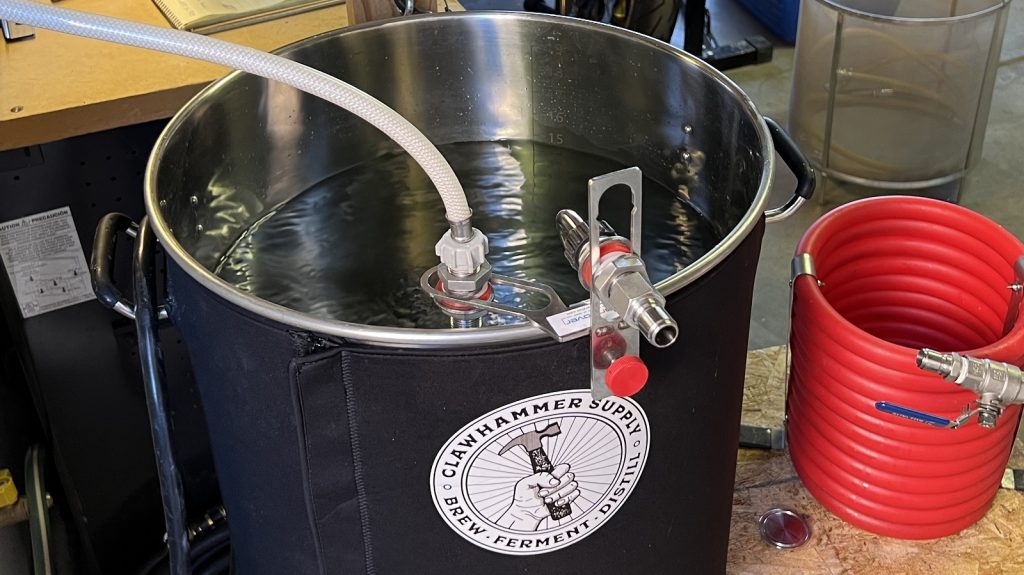
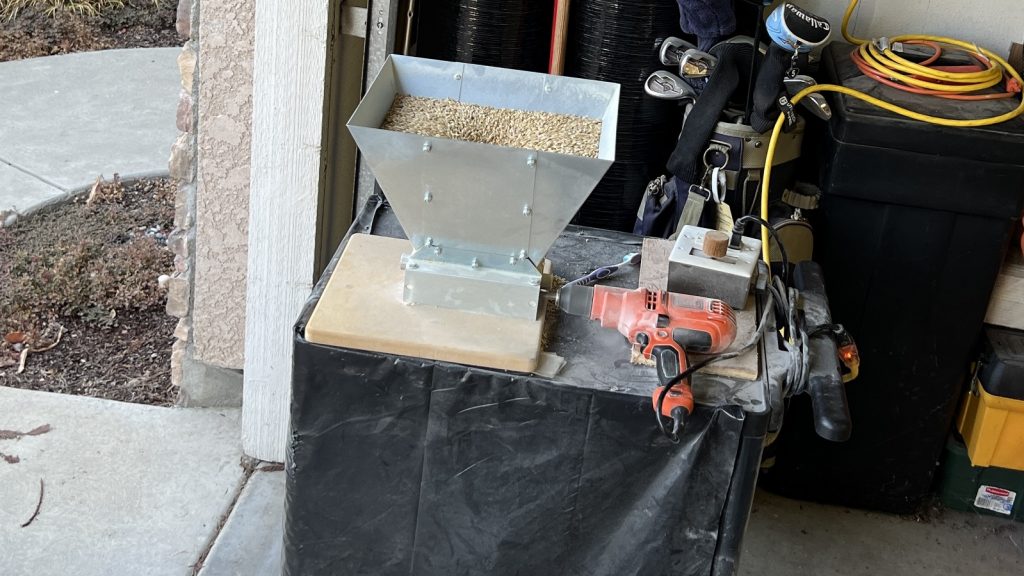
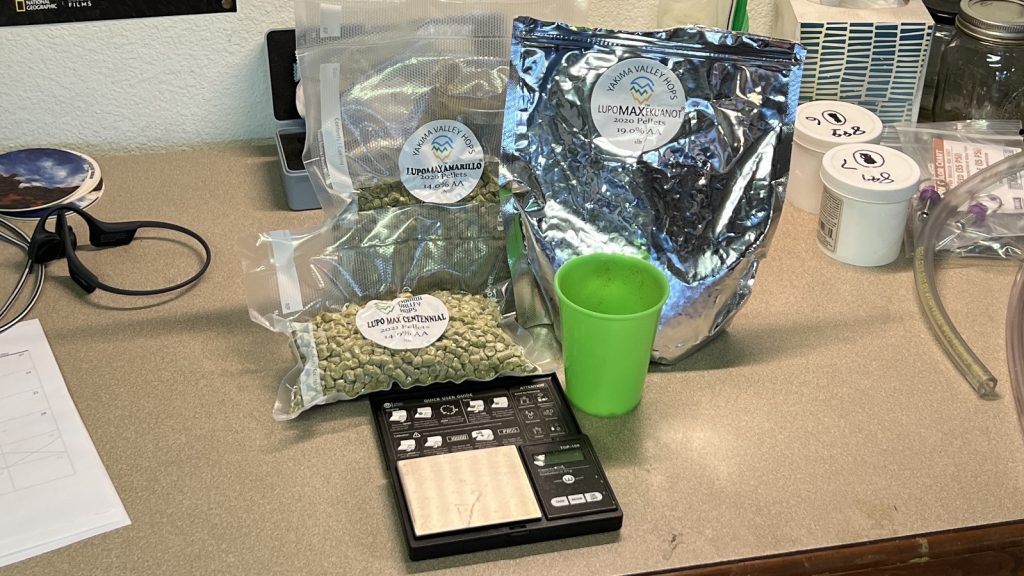
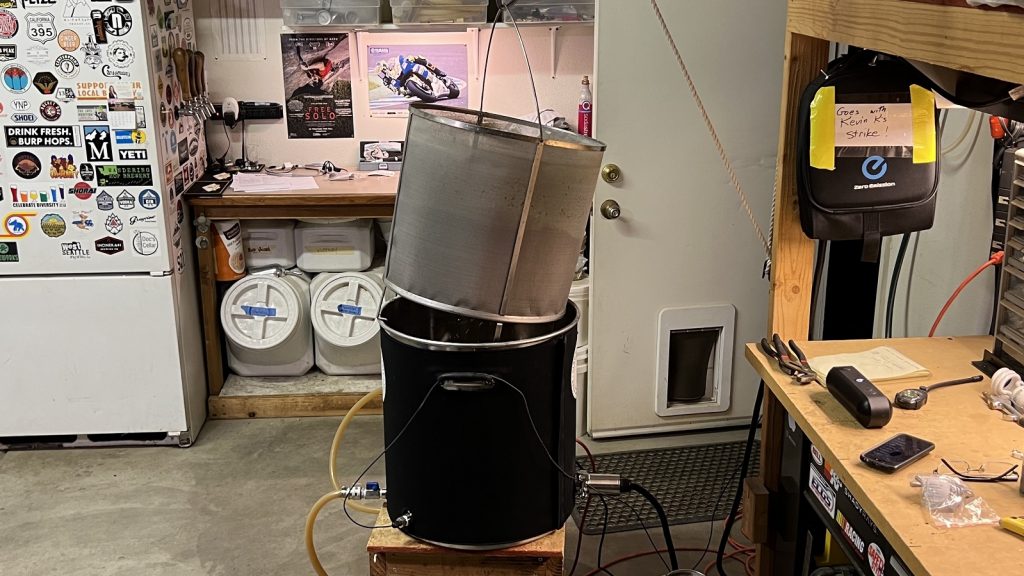
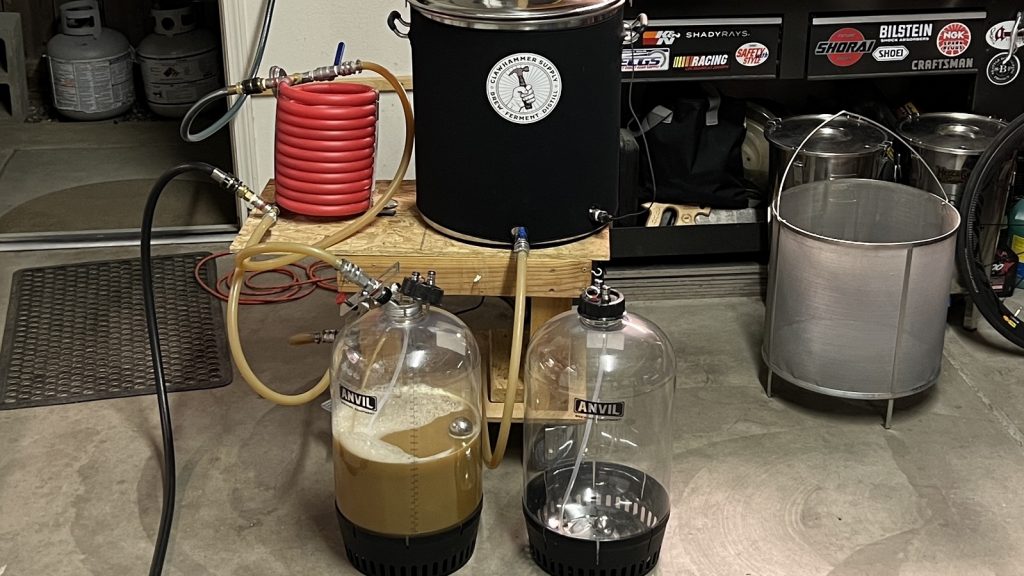
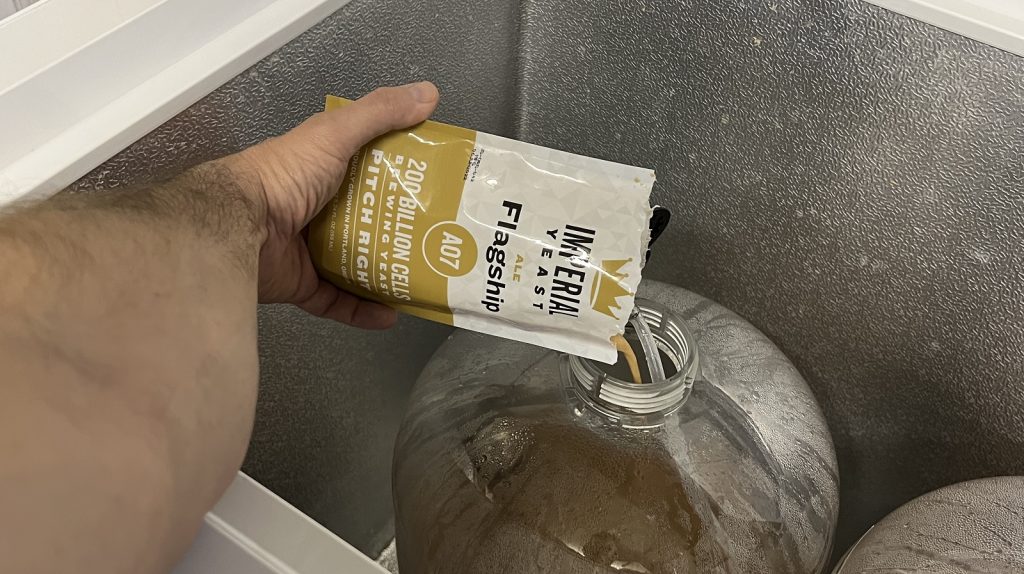
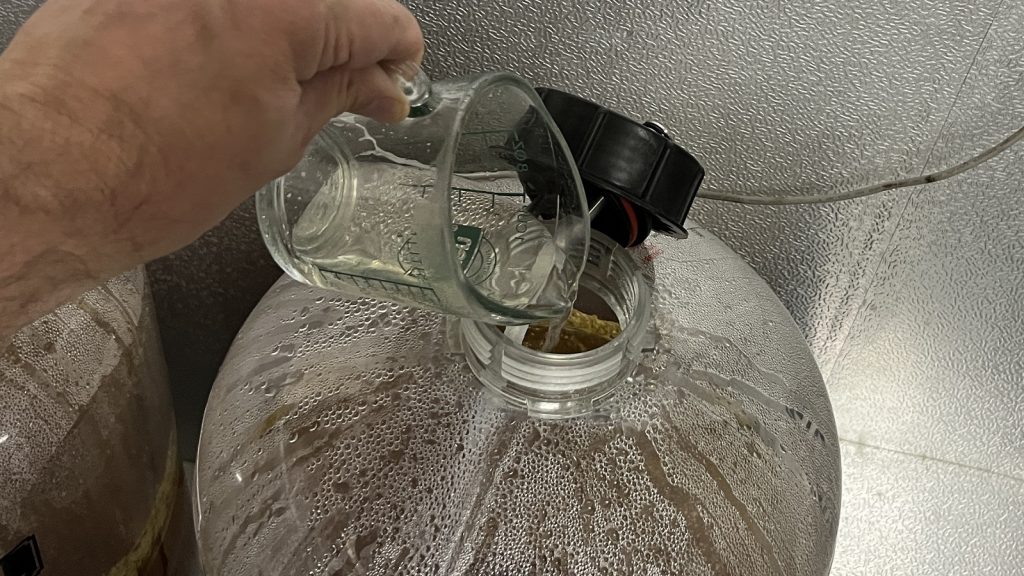
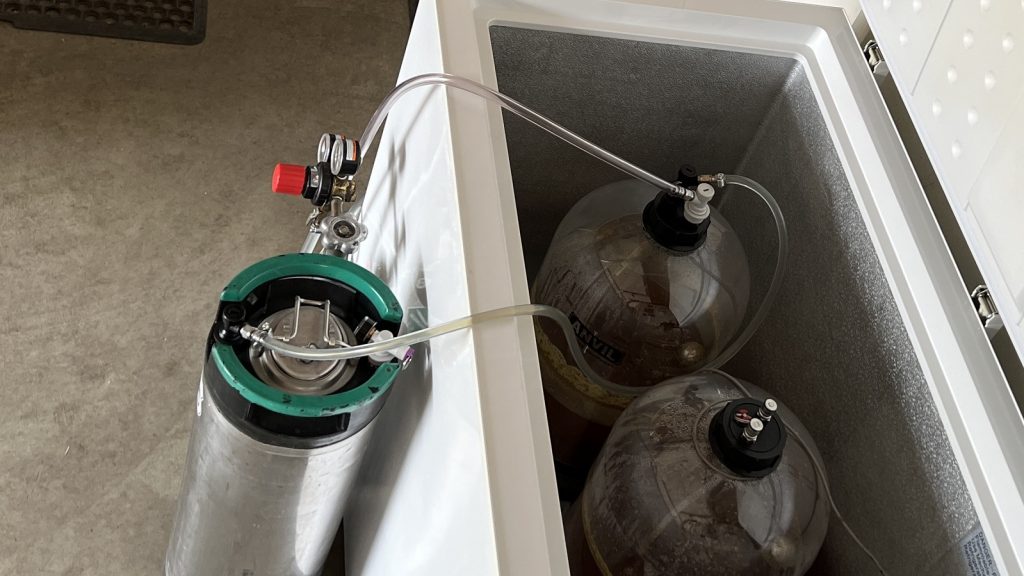











15 thoughts on “exBEERiment | The Gelatin Effect: Impact Fining With Gelatin Has On An American IPA”
You drink with your eyes first. Hazy beer was for many years considered to be flawed beer. I still consider haze a flaw, in any beer style that we brew.
The haze-craze is merely a fad, and people will return to their brewing senses in a matter of time.
Right. Just a fad. Like IPAs. 😉
I doubt it
But how did it taste!? The recipe looks solid, but we didn’t get your impressions! 😉
Also, shouldn’t you have added the same amount of hot water (minus the gelatin) to the non-fined batch? Obviously water contains some dissolved oxygen and minerals, and the extra 60 mL also creates some agitation and a slight amount of dilution. It probably wouldn’t have mattered, but you never know, and it would have been trivially easy to further isolate to the variable in question.
Cheers!
Still prefer a crystal clear beer rather than one that appears, to me, to have brewing and fermenting trash suspended in the brew. I will continue to use finings until I find something better for clarity. To each his own.
Why do you try pressure transferring the gelatin solution in with a small water bottle and a carb cap? This works particularly well if you have a floating dip tube though you could add it via the gas port too. There are videos online how to do this. It’s not perfect as it add some oxygen but you don’t have to vent your keg first.
You can flatten the bottle before pressurising with Co2 to prevent adding O2. Obviously theres still the dissolved O2 in the water, but this is mitigated somewhat by adding whilst fairly hot.
Hello, whats the name of this type of glass in the picture?
These are 5 oz can glasses with our Brütron logo on them.
I find it interesting that of the 21 that originally could tell the difference, 3 could not “tell the difference” when asked about preference? Take this 3 out, and then back to not statistically significant results? This happens from time to time with other ExBeeriments too.
That’s the nature of statistical analysis, the equation accounts for guessing, hence the importance of not manipulating the data via removing responses.
Either that’s not the best comparison picture or else you got little marginal result for 10 days of waiting and the effort to add Gelatin. I would have expected absolutely crystal clear beer.
“For the better part of its entire history, beer was largely expected to be clear, as in addition to being pretty to look at, brightness was widely associated with good brewing practices”
Since we know from archeological sources that people brew at least 7000 years, and that scientific brewing is only two hundred years old, and the craze for clear beer mostly started since Pilsner (1850 or something like that), this seems a very blunt statement. Especially since beer has been drunk for most of its history in earthenware or pewter cups.
You could also consider adding fining to the serving keg — then purging the O2, of course.
I’m wondering what kind of cup was used for the test. I know that opaque cups are typically used for the triangle tests but, even in an opaque cup it can be possible to tell the difference between a clear beer and a hazy beer. Is it possible that people were picking the odd beer out based on physical appearance instead of purely on flavor and aroma?